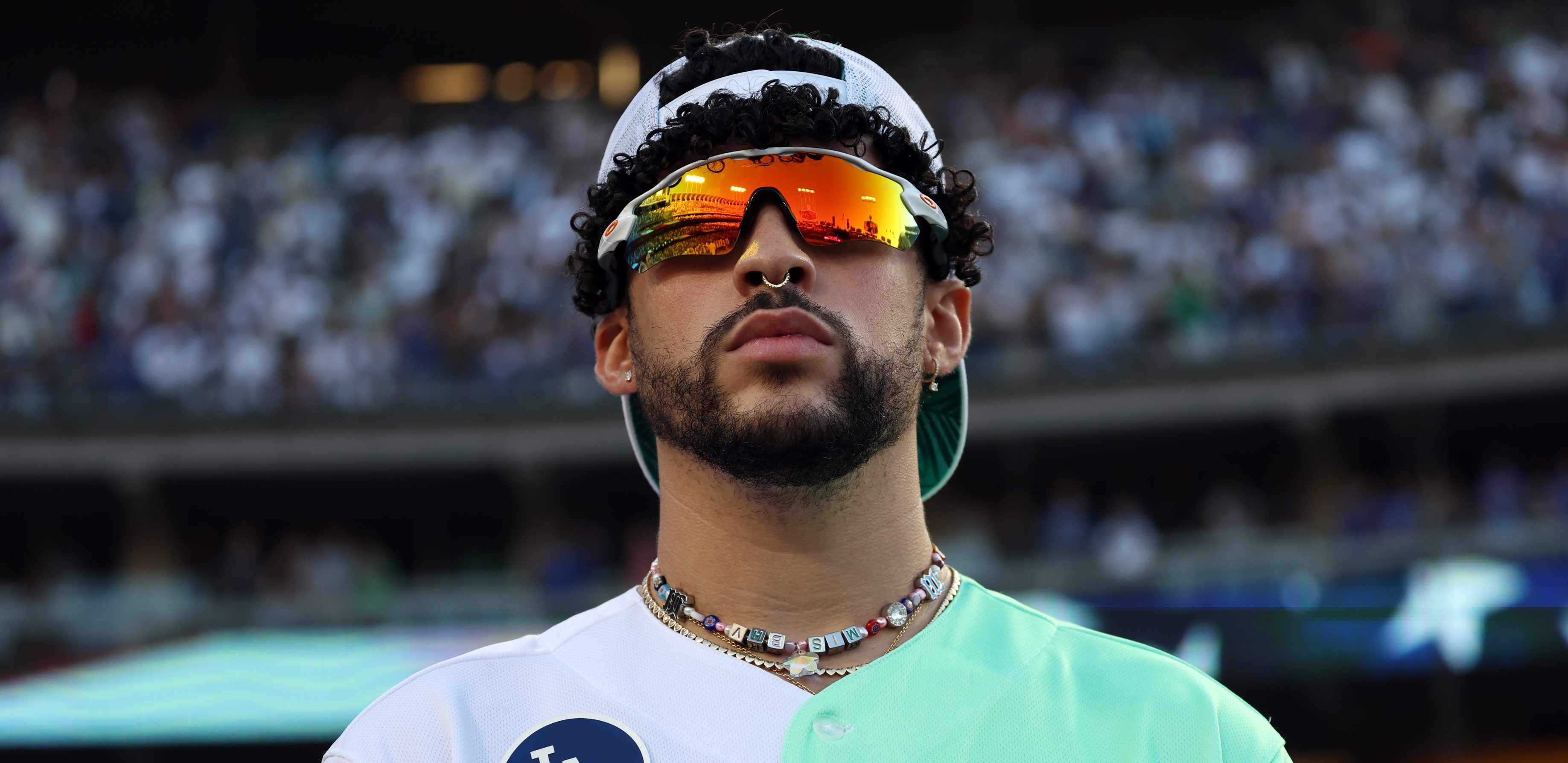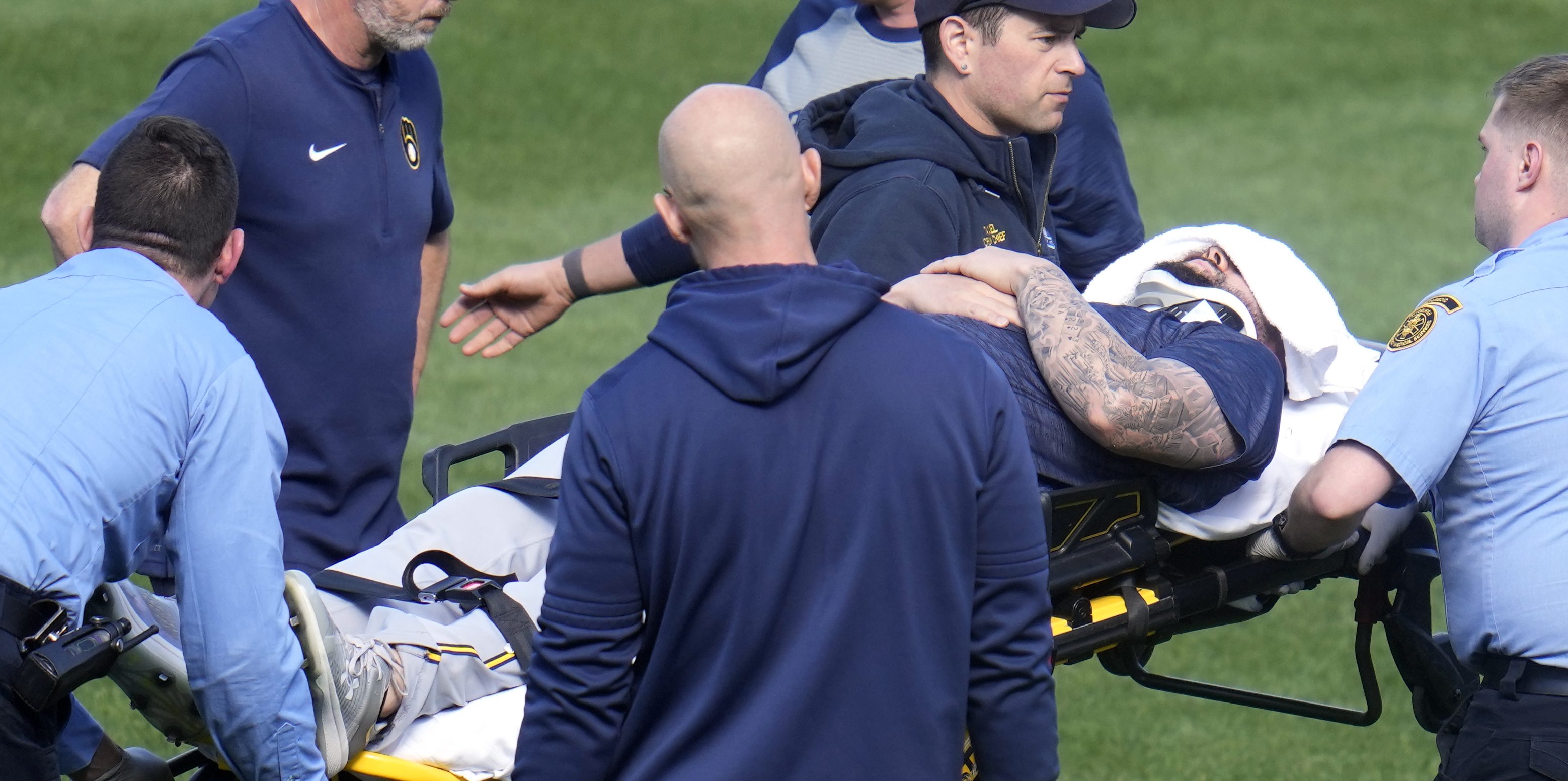
“Hope is a good thing, maybe the best of things, and no good thing ever dies.” – Andy Dufresne to Red in The Shawshank Redemption
In 2003, the Detroit Tigers lost 119 games. Three years later, they were in the World Series. Here’s how the Tigers turned things around so quickly and what lessons the Phillies can take from Detroit’s example.
Hope is in short supply among the Phillies' faithful these days. But a return to prominence could come sooner than anyone can envision right now. Under the guidance of GM Dave Dombrowski, the Detroit Tigers built from the depths of a 119-loss team in 2003 to a World Series appearance just three years later. And believe it or not, that Detroit franchise was in even worse shape than the Phillies are now. Here’s how Dombrowski did it:
Shrewd trades
The 2003 Tigers featured a middle-infield combination of 29-year-old second baseman Warren Morris and 23-year-old shortstop Ramon Santiago, whom Dombrowski decided were not part of his future plans. He let Morris walk in free agency and traded Santiago to Seattle along with prospect Juan Gonzalez (not that Juan Gonzalez — this one never reached the majors) in a deal to acquire 27-year-old shortstop Carlos Guillen. Dombrowski correctly predicted that Guillen was a player ready to emerge. Guillen made three All-Star teams in the next five seasons, with an OPS over .800 in each of those years. Simply put, Dombrowski stole an All-Star shortstop.
The 2006 ALCS MVP wasn’t Guillen. It was Placido Polanco. Dombrowski acquired Polanco from the Phillies in June 2005 for infielder Ramon Martinez and reliever Ugueth Urbina, who had worn out his welcome in Detroit. It’s a deal that made sense for both sides at the time, since Polanco had lost the Phillies second base job to Chase Utley. Polanco became the Tigers' starting second baseman for the next four seasons and a key cog in the Detroit lineup.
Spending spree
Like the current Phillies, the 2003 Tigers had ownership that wasn’t afraid to spend money. And in the offseason following that 119-loss campaign, Detroit made a splash, signing 32-year-old catcher Ivan Rodriguez to a four-year, $40 million contract. Dombrowski decided that Rodriguez would still be a productive player when the Tigers were ready to contend and was proven correct. Rodriguez also helped legitimize a franchise that had just endured baseball’s worst record in 41 years. There’s a lesson there for the Phillies, who have never been shy about spending money. If Andy MacPhail believes the right player to build around is on the free-agent market, go get him.
The Tigers followed up the Rodriguez addition one year later by signing closer Troy Percival for two years and $12 million and outfielder Magglio Ordonez to a five-year, $75 million contract. Percival was a disaster, but Ordonez was an offensive force, became a playoff legend and won a batting title.
MLB
When Dombrowski thought the Tigers were ready to win after the 2005 season, he brought in veteran starter Kenny Rogers and closer Todd Jones on two-year deals. Rogers won 17 games and Jones saved 37 for the 2006 American League champions.
They (mostly) kept the right young players
The 2003 Tigers were littered with young position players who were not ready for prime time. Catcher Brandon Inge, first baseman Carlos Pena, shortstop Santiago, third baseman Eric Munson, leftfielder Craig Monroe and centerfielder Alex Sanchez were all 26 or younger that season. By 2006, only Inge (moved to third base) and Monroe remained. Those two combined to hit 55 home runs and drive in 175 runs in 2006.
Pena ended up becoming a star in Tampa Bay, but the Tigers replaced him at first base with Miguel Cabrera in 2008.
As MacPhail looks at a roster featuring youngsters Maikel Franco, Cesar Hernandez, Freddy Galvis, Cody Asche, Cameron Rupp and Odubel Herrera, deciding which young players to stick with going forward will be a major factor in the rebuilding effort.
Key prospects delivered
Despite having baseball’s worst record in 2003, the Tigers picked second in the 2004 MLB draft. Luckily for Detroit, San Diego chose high school shortstop Matt Bush with the first selection, allowing the Tigers to take Justin Verlander with the second.
Verlander rocketed through the minors and was Rookie of the Year in 2006, helping the Tigers to the AL pennant and becoming a transformative player. Perhaps the Phillies will get their Verlander with the No. 1 pick in 2016.
Like J.P. Crawford now for the Phillies, Curtis Granderson was the hot young prospect for the Tigers in 2003. He became Detroit’s full-time starter in center field in 2006, scoring 90 runs. By the time the Phillies are ready to win again, Crawford will hopefully be ready to make a similar impact. And if MacPhail makes the right moves, contention might not be as far away as it appears right now.


